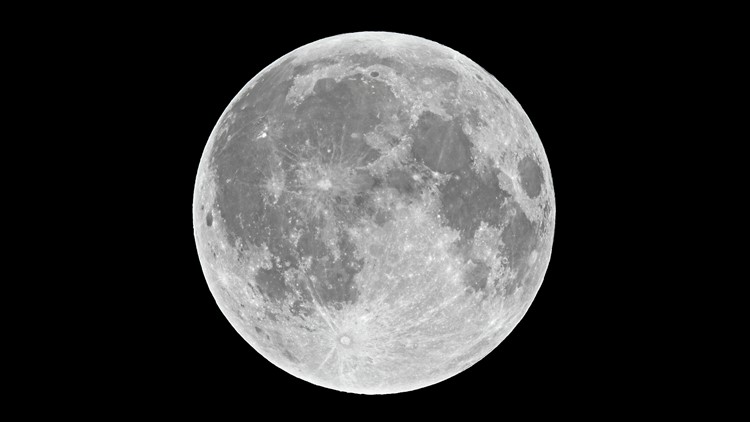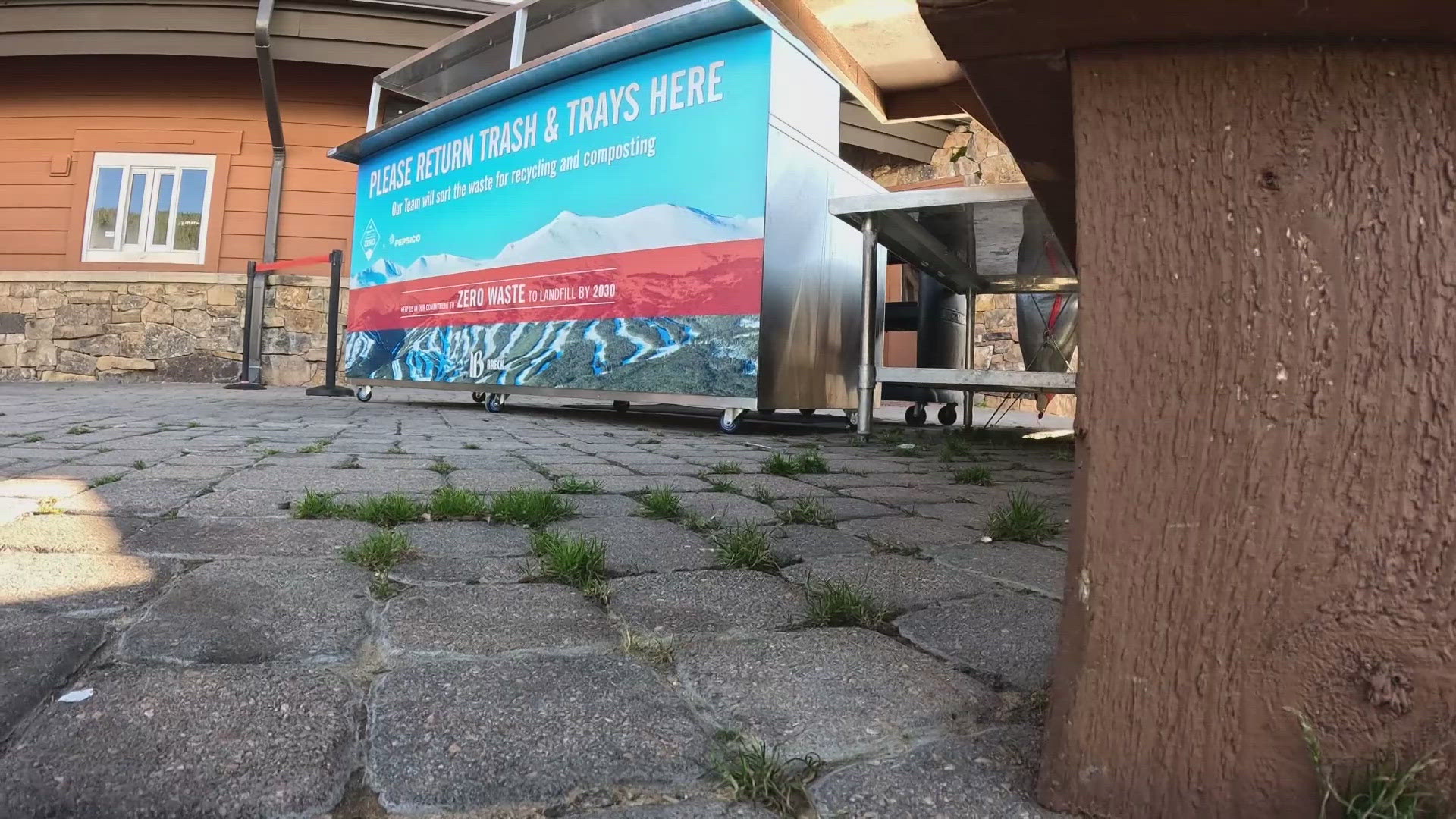Engineers at the University of Arizona are proposing a way to ensure life on Earth will continue by invoking an idea from The Bible. They suggest taking sperm, seed, spore and egg samples from 6.7 million Earth species and storing them in an "ark" under the surface of the moon.
University of Arizona researcher Jekan Thanga and his team of undergraduate and graduate students call it a "modern global insurance policy," the university said in a statement.
"As humans, we had a close call about 75,000 years ago with the Toba supervolcanic eruption, which caused a 1,000-year cooling period and, according to some, aligns with an estimated drop in human diversity," said Thanga, a professor of aerospace and mechanical engineering. "Because human civilization has such a large footprint, if it were to collapse, that could have a negative cascading effect on the rest of the planet."
Why not build the ark on Earth? Thanga said climate change puts many possible locations at risk. He noted there is a seed sample storage facility in Norway that is located in an area that will eventually be underwater.
If there was a major catastrophe that ended most or all life on Earth, an ark under the lunar surface might be the only safe place for the planet's species to survive.
The moon base would be built within lava tubes that already exist under the surface. Solar panels would power the facility. There would be at least two elevator shafts to deliver samples and building supplies. The samples would be cryogenically frozen.
Thanga estimates it would take about 50 rocket missions to deliver all the samples to the moon, which is 10 more than it took to build the International Space Station.
This is all just theoretical at this point. There are a lot of engineering questions that need to be answered and no concrete plans at this time to build such a base. First, humans must get back to the moon, which NASA is currently planning to do in 2024.



